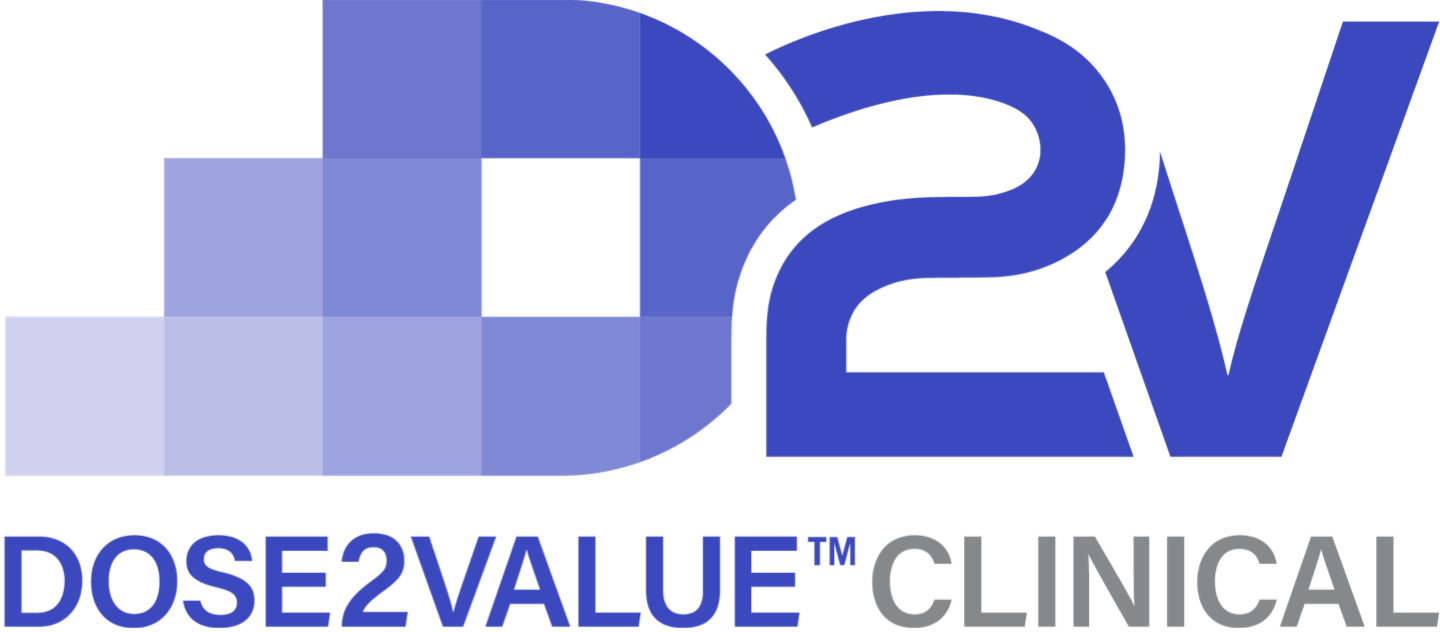Modern Therapies: Inside Early-Phase ADC Development
Join our Chief Medical Officer, Vijay Reddy, M.D., Ph.D, as he explores the vital role of early-phase design in antibody drug conjugates (ADC) development. With a wealth of experience in drug development, Dr. Reddy’s career in ADCs began during his Ph.D. research, where he pioneered monoclonal antibodies targeting colorectal cancer cells. Now, he shares cutting-edge insights into designing successful ADC programs.
I’m Dr. Vijay Reddy, the Chief Medical Officer of D2V Clinical. I am licensed physician in the United States, and I’ve worked in the biopharmaceutical industry for many years.
My career in antibody drug conjugates (ADCs) began many years ago while doing my Ph.D. when I developed monoclonal antibodies that were conjugated with the chemotherapeutic drug Doxorubicin that targeted CEA expressing colorectal cancer cells.
Advances in ADC design and technology have rapidly increased the pace of approvals in recent years with over a dozen ADCs that have been approved and many more on the way. ADCs are designed to combine the benefits of targeted therapy and chemotherapy. The three components of ADCs to remember broadly are the vehicles which are the monoclonal antibodies that deliver what’s called a payload of chemotherapeutic drug to the cancer cells that have a target, which is a tumor- associated antigen.
Early-phase clinical research lays the foundation for the success of ADCs, and careful evaluation has to be given to the target identification, patient selection, safety, and dose optimization for efficacy. The best example to understand how critical the early-phase development is can be understood by the development of the first ADC that was approved, gemtuzumab ozogamicin or Myelotarg for acute myeloid leukemia.
While it was originally approved nearly 20 years ago, it was subsequently withdrawn voluntarily due to safety issues. However, after further dose optimization – with a lower dose and different scheduling, it was found that the benefit outweighed the risk, and the FDA approved it 17 years after its initial execrated approval. Therefore, early-phase clinical development is critical in understanding the target. For example, certain targets such as CD30 are ubiquitously expressed by cancer cells, in the case of Hodgkin’s Lymphoma here with Brentuximab.
In the case of HER2, ADCs targeting HER2, 15%-20% of breast cancer cells express this and can also be, however, effective in a so-called bystander effect where HER2 null-cells, which have no HER2 expression, can benefit. Therefore, understanding the payload and the target are critically important.
The recent ASCO conference demonstrated promising results for several ADCs that are being evaluated in clinical trials. Examples of these ADCs include targets such as B7H3 in metastatic castration resistant prostate cancer, HER3 in metastatic breast cancer, TROP-2, HER3, MET, CEACAM5, etc. in NSCL lung cancer.
In conclusion, ADCs are antibody drug conjugates that combine the benefits of antibodies and targeted therapy with chemotherapy, or such toxic agents. Early phase ADC clinical development is a dynamic process and is driven by dedicated professionals like you. If you’re working with an ADC development program and require expert guidance, we are here to help.
Contact D2V Clinical today to schedule a consultation and talk to our experts regarding your ADC development program.

Vijay has more than 25 years of clinical practice and biotechnology pharmaceutical industry experience in hematology, oncology and immuno-oncology. His background includes medical affairs leadership, clinical leadership of Phase I first-in-human trials for solid tumors, and the publication of more than 50 original research publications in high-impact peer reviewed journals.
